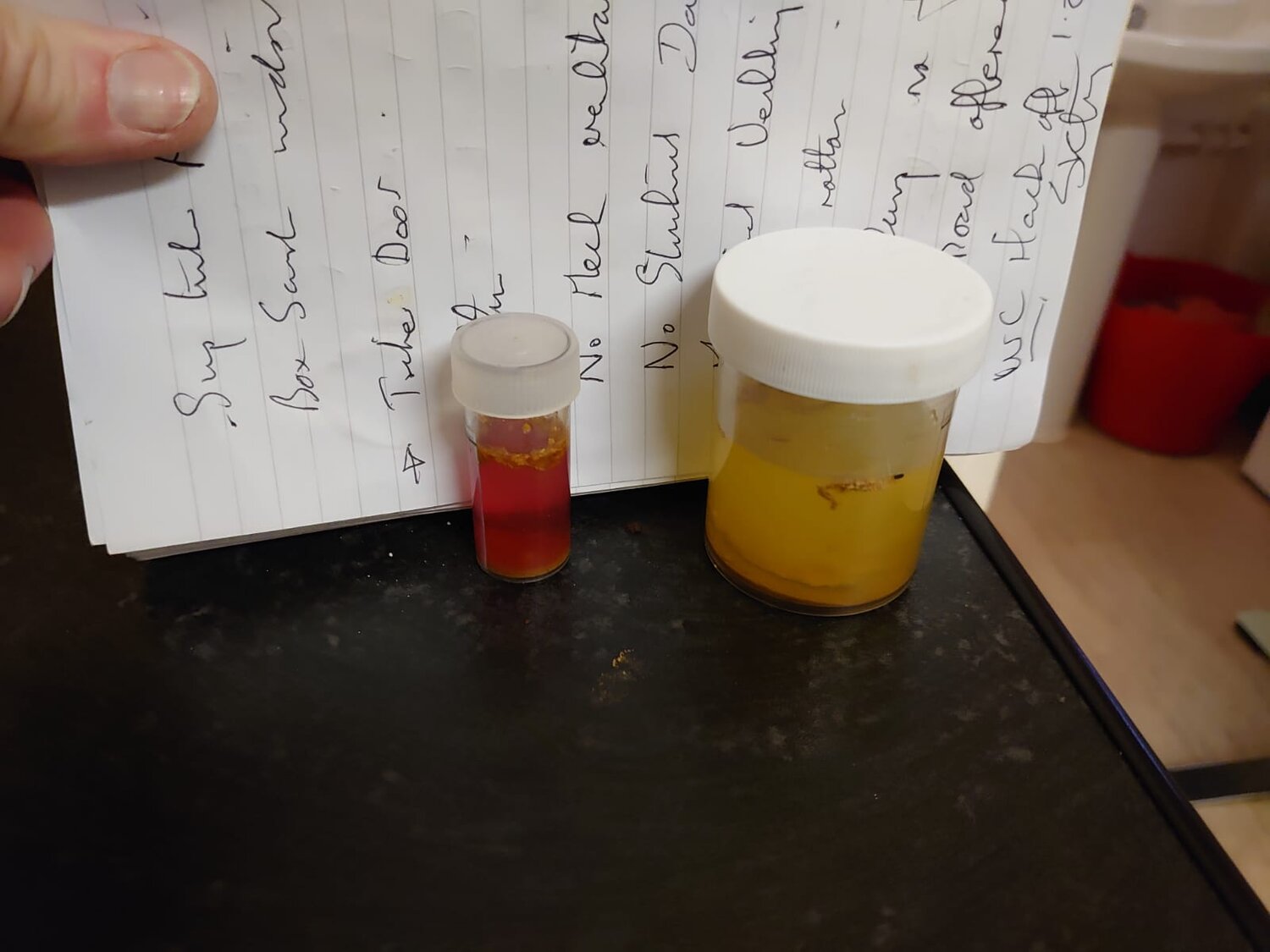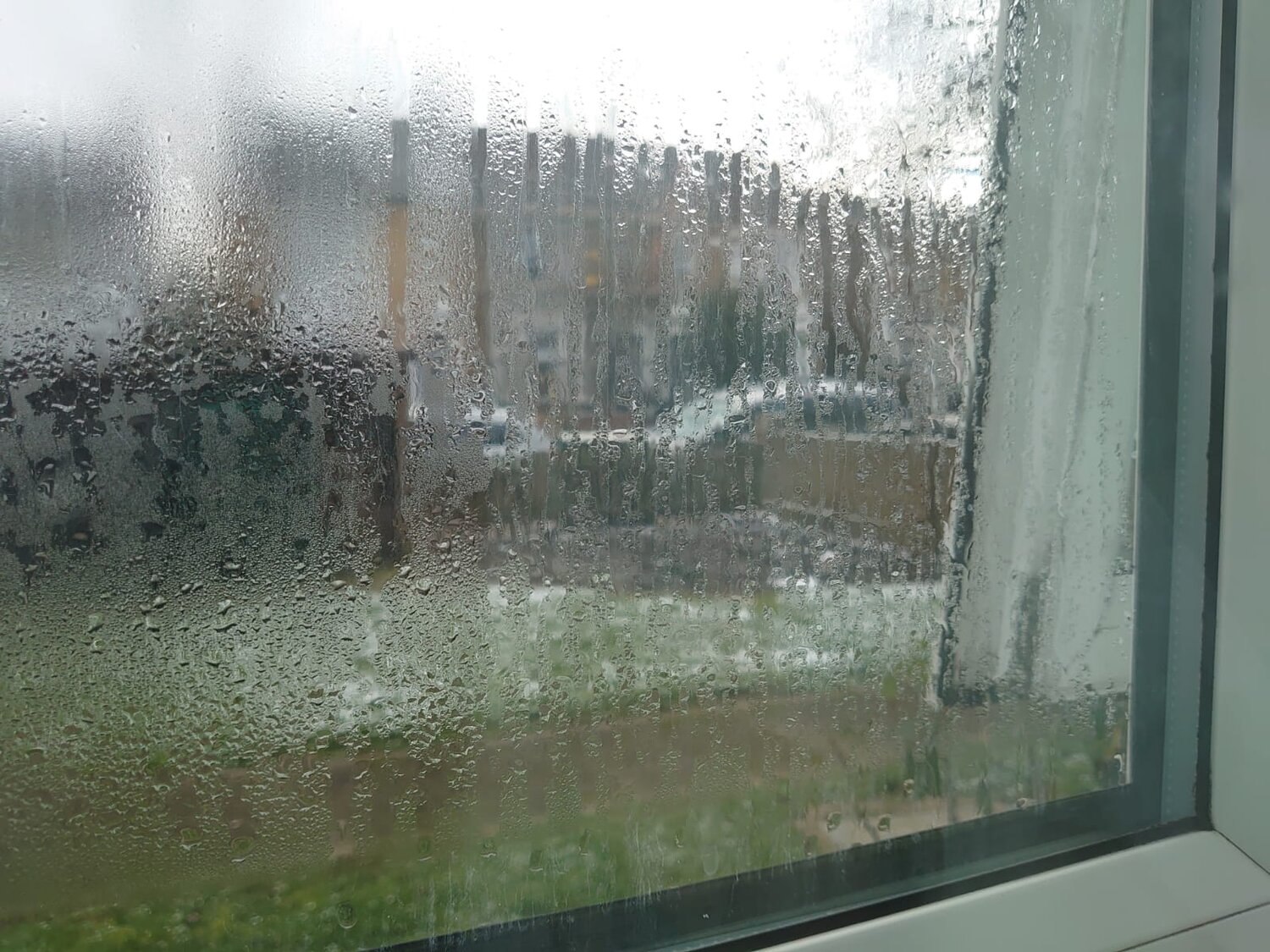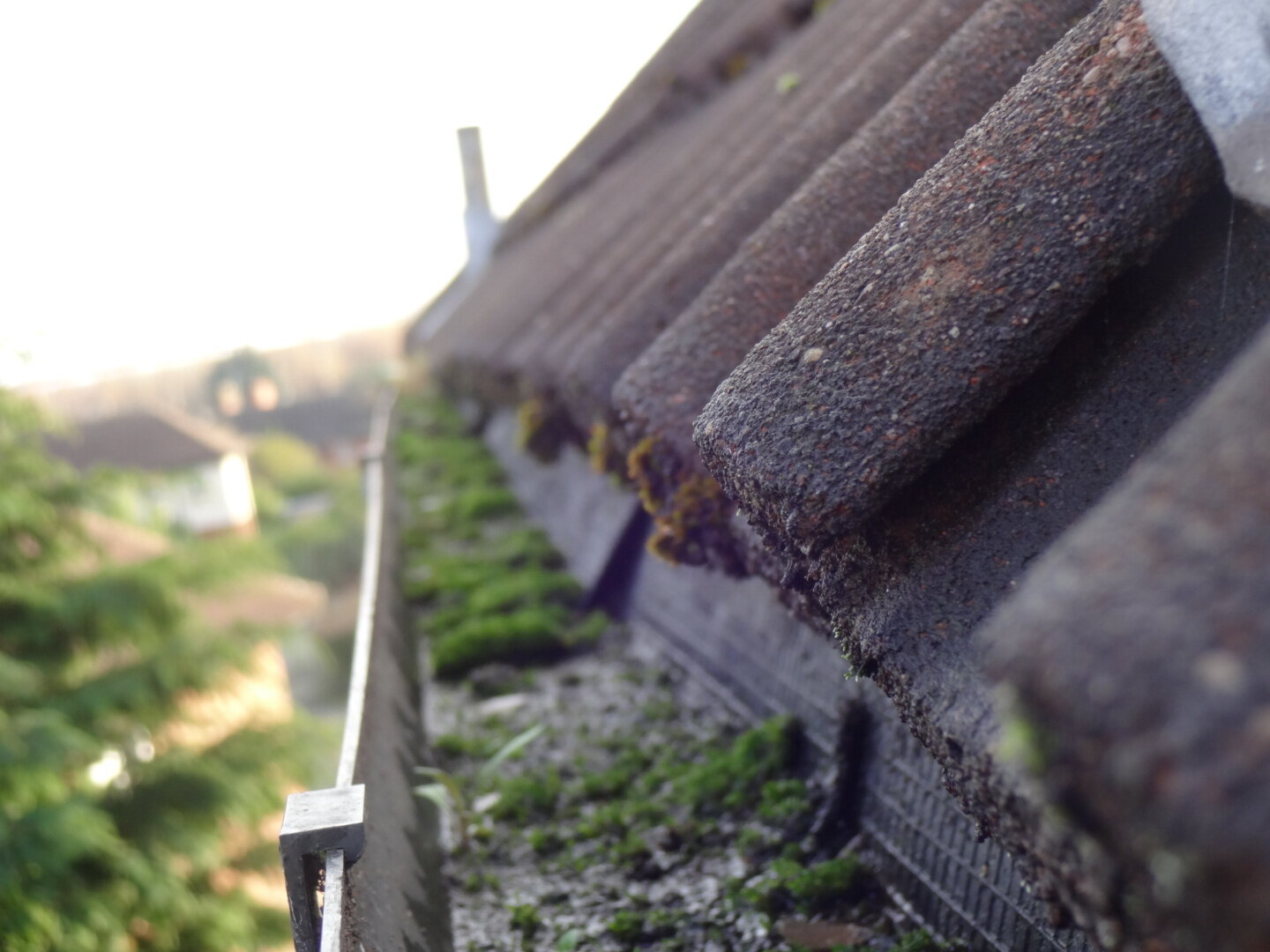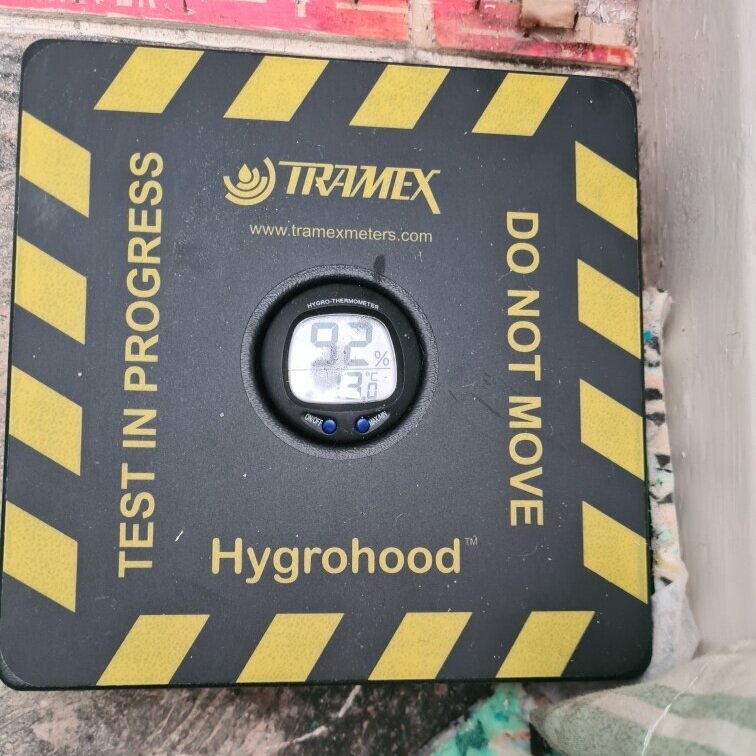
5 Days of Disrepair - on Reflection
“Our real-life case studies of this industry insight series solidifies how important these methods of testing are and confirms that in this industry - it's all about the evidence!” - Simon Redfearn
On the build-up to our April webinar on Housing Conditions (formerly known as Housing Disrepair) – we recently did a short 5-day series on our Instagram feed, designed to give you a snippet of our industry insights. We hope it gave you a glimpse of what we achieve here and how on the ball we are in terms of industry standards and going above and beyond for our clients and within every aspect of our work.
Just in case you missed it…
We know how hectic life can be – especially in the current climate! We also know how vital it is in all business culture, especially ours, to keep your finger on the pulse in regards to procedures and standards.
Staying in the loop and continuing to communicate and build your professional network is more important now than ever! With that in mind – here is the breakdown of our 5 days of disrepair series and the methods we covered using real-life case studies from our Instagram feed.

Salts Testing
Salt testing confirmed causation on a claim. The defendant surveyor was adamant that the dampness was condensation. Our surveyor carried out salt tests and was able to determine the presence of nitrates and chlorides in significant quantities.
Confirming that the water was causing the damp and had emanated from the ground (rising damp).

Failed Hermetically Sealed Double Glazing Unit
This image is of failed hermetically sealed double glazed windows form both parts of the structure and exterior. Double glazing units contain a vacuum between the panes of glass which prevents heat loss via conduction.
When the vacuum fails (as shown in the above image), the windows no longer perform as intended. This is actionable under section 11 Disrepair.

Thermographic Imagery
We always use thermographic imagery to determine temperature and this method is also a beneficial way to show cold spots where there is missing insulation - as seen in the above image.
It can also show no cold areas around draughty windows and doors. It's an extremely useful tool and should be part of every expert's toolbox.

Drone & Roof Level Photography
This method is used to collect key details for professional Expert Witness reporting. For instance, if the allegations are that the rainwater gutters are blocked, it is impossible to confirm or deny this from ground level.
This is why our experts use WIFI camera poles and drone photography to secure the best shot and ultimate the best evidence.

Hygrohood Fitting
This property built in the 1950s used to have thermoplastic tiles on top of the concrete slab as a damp proof membrane.
the tiles have been removed and now there is moisture passing through the concrete slab and raising humidity levels within the dwelling creating condensation dampness throughout.
the only way to properly prove this is to attach a hygrohood to the concrete slab to measure moisture passage through the concrete slab and to provide the correct evidence to pursue the claim.
